Earlier this 12 months we reviewed the preceding model of the Razer Blade Stealth and cherished it. It featured a super design, very transportable form aspect, and decent inner hardware. But no matter succeeding in many approaches, we have been cast off with the aid of the laptop’s full-size bezels. No doubt many potential shoppers agreed and as an alternative settled for a device that offered greater display screen actual property in the identical footprint.
- MSI X-Slim X340 Notebook Review
- HP EliteBook 8460p Notebook Review
- Lenovo Yoga 3 Pro Review
- Lenovo ThinkPad X1 Review
You received’t see large enhancements right here, however there’s enough small changes to push this pc in the direction of perfection. So what are these changes?
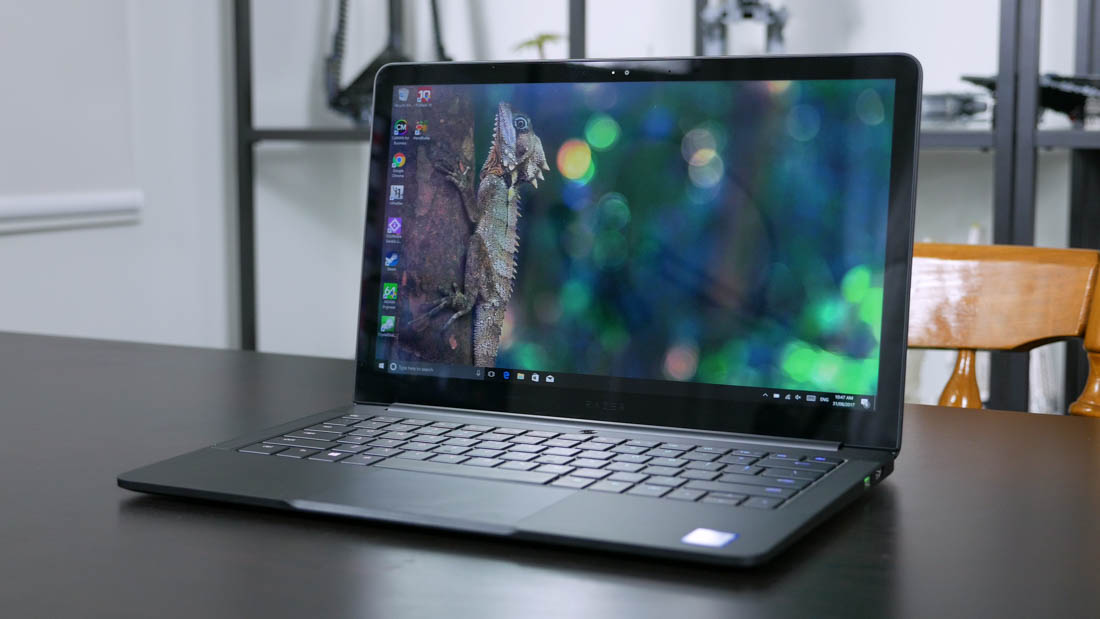
The first obvious development addresses the main problem: bezel length. The new Blade Stealth is now to be had with a thirteen.3-inch display, in preference to 12.5-inch, inside the very same chassis. This way slimmer bezels and more display actual estate – 13 percentage more to be unique – with out sacrificing anything from a layout angle. The decision of the entry-degree model is higher as nicely, moving from 2560 x 1440 (234 PPI) as much as 3200 x 1800 (276 PPI).
For now, the brand new Razer Blade Stealth with its 13.three-inch QHD+ display can be bought alongside top-end 12.five-inch 4K variants from the preceding technology, as a minimum even as there may be nonetheless inventory to be had. However, it looks as if Razer is phasing out these older huge-bezel fashions, even though they function a higher resolution show, in desire of a unmarried thirteen.three-inch display alternative. And phasing out this preceding model makes best sense, as I can’t think about a cause why you’d want a barely higher decision while the display is smaller and bezels are large.

The new Blade Stealth also swaps out the decent Synaptics touchpad in preceding models for a superior Precision-licensed unit. This method the trackpad is fully like minded with Windows 10 gestures, and supports basically the best and maximum accurate tracking experience to be had in modern-day Windows machines. The new trackpad is severely responsive and undoubtedly offers an brilliant revel in in all aspects. The glass finish additionally feels remarkable.
The other first-rate alternate comes to the configuration alternatives to be had. Razer has culled all models with less than 16GB of RAM, a Core i7 CPU and a 256GB SSD. The $900 model with a Core i5 CPU, 8GB of RAM, 128GB SSD, and a non-contact display is therefore not available.
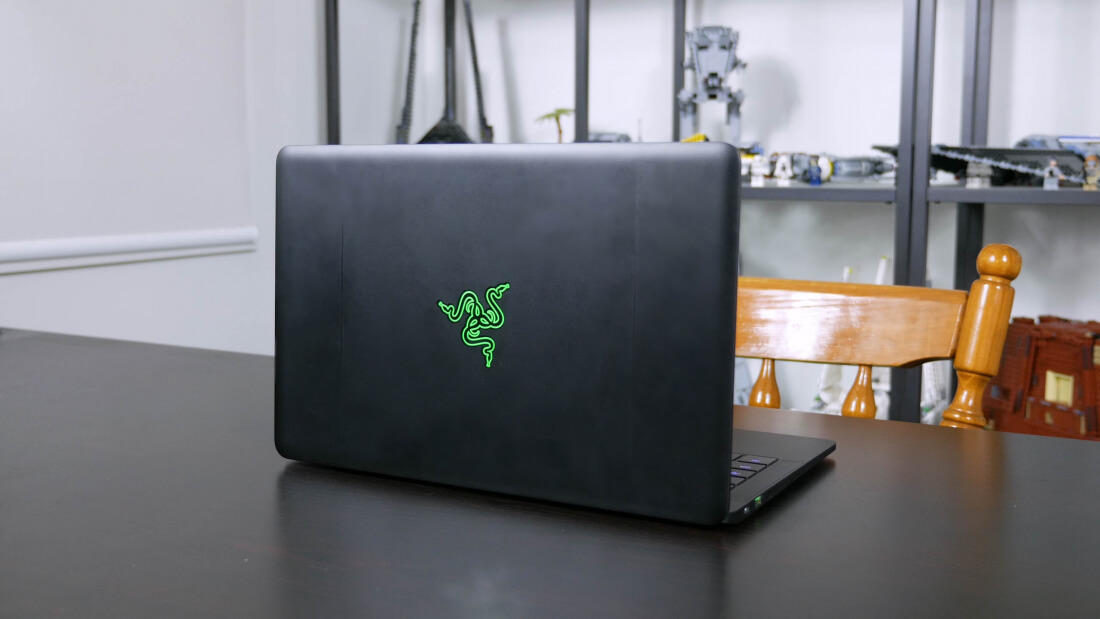
The new access-level version comes prepared with a Core i7-7500U, 16GB of RAM and a 256GB SSD, and could set you lower back $1,399. Unfortunately, that is a $one hundred fifty charge hike at the equivalent version from the previous era. Models with 512GB and 1TB of storage are $1,599 and $1,999 respectively; the same fee as the previous-gen top-stop 4K models.
Oh and there’s a brand new gunmetal gray version to be had, which swaps out not just the matte black finish, but the acid inexperienced Razer brand for a more understated gray finish with black logo. I received a black model to study, and after seeing photos I suppose I still select this version to the gunmetal, though it's miles nice to have a new coloration choice.
Design-clever, the new Blade Stealth is basically identical to its predecessor aside from slimmer bezels. You’re getting the equal top notch machined aluminium unibody, which looks premium and is each narrow and mild. If you like preceding Razer builds, love the MacBook Pro style of laptop, then you definately’ll love the Blade Stealth.
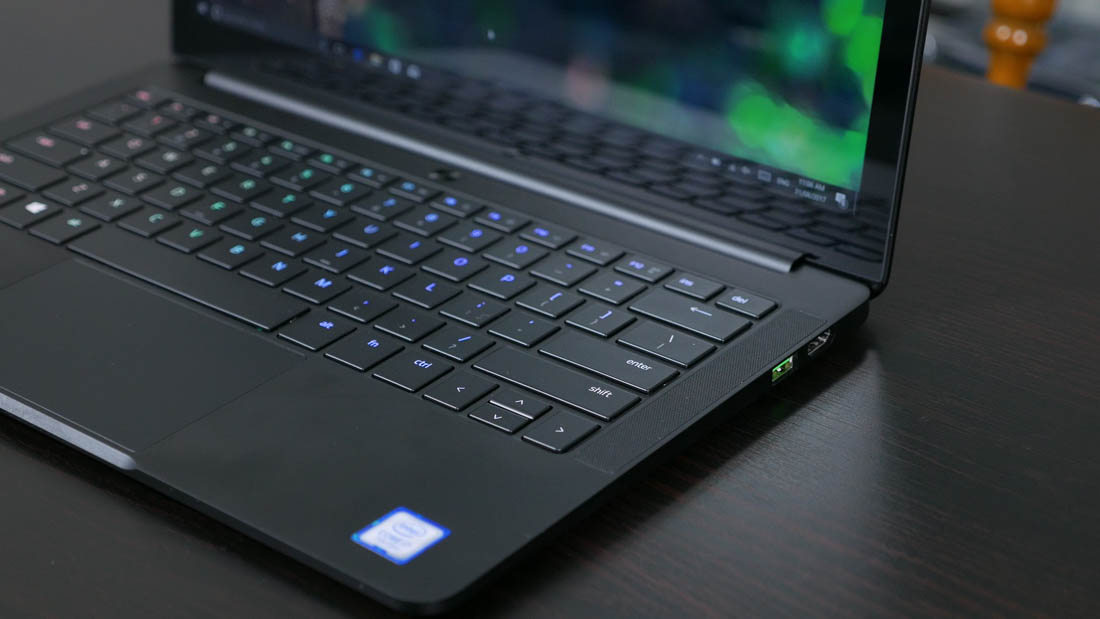
The keyboard is also the identical, with exceptional tactile comments and for my part-customizable RGB lighting; it’s a breeze to type on. I/O ports? Also the equal, with Thunderbolt 3, USB three.0 and a three.5mm headphone jack at the left, in addition to a full-sized HDMI 2.0a port and every other USB three.zero port on the right.
So allow’s cross back and talk a touch further approximately the Blade Stealth’s new show: a 13.3-inch IGZO LCD with a decision of 3200 x 1800. The smaller bezels make a extensive difference to the aesthetics of the laptop. You’re no longer getting Dell XPS-like no-bezel frames, however I assume Razer’s screen to bezel ratio used here is now flawlessly ideal.
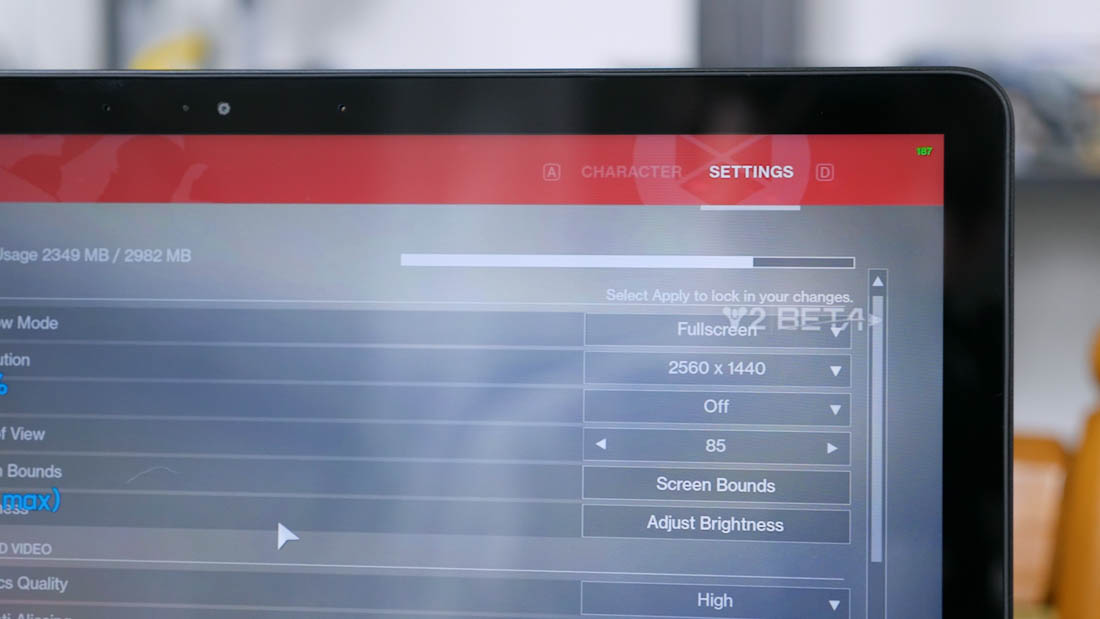
Looking at display overall performance became complex at the Blade Stealth, as Razer seems to have carried out a dynamic comparison and brightness feature that can not be disabled. For this purpose I received’t deliver exact numbers for the way the show performs, because overall performance varies notably relying on the amount of darkish colorations on the screen. It additionally makes the Blade Stealth in large part flawed for colour accurate work.
However I will say that brightness is excellent, reaching a height of over four hundred nits whilst showing all white. Contrast, as first-class decided in static situations, is around the same as the previous Blade Stealth’s evaluation of 1100:1. Color temperature is ideal as nicely, falling round 6700K on average, although gamma is notably impacted with the aid of dynamic comparison and grayscale dE2000 overall performance modifications dynamically as properly.
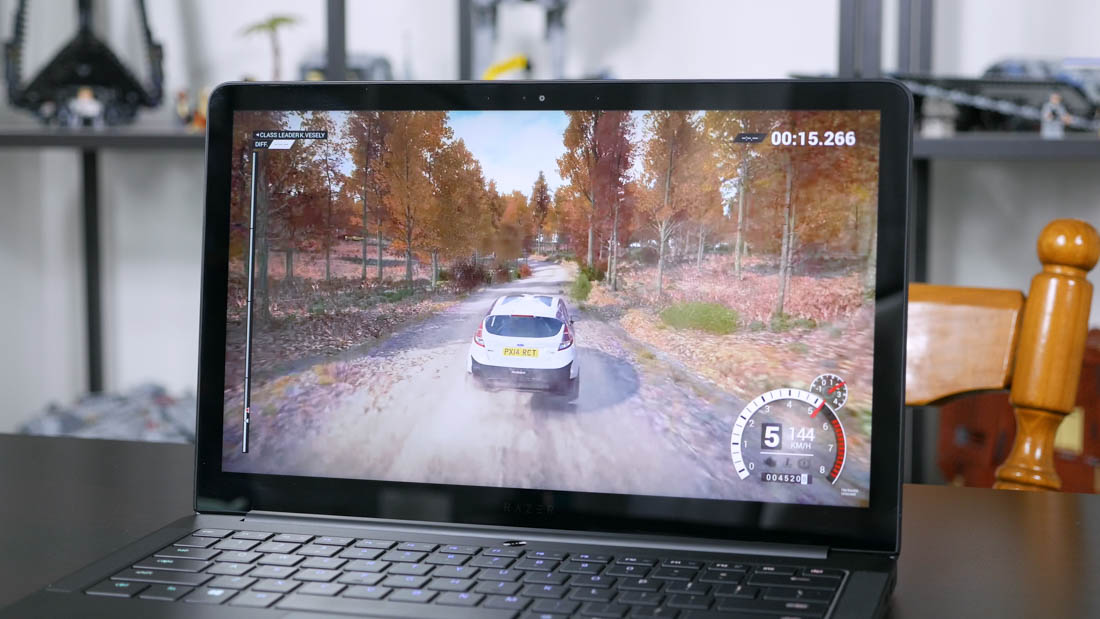
As for shades, the IGZO panel, glossy finish and coffee hole between glass and display ends in exceptional viewing angles and colours that pop. For informal use, the dynamic comparison characteristic doesn’t detract from how true the show seems in general. Color consequences appear to fall in a mean dE2000 range of three.zero to five.zero, which wouldn’t be appropriate for shade correct paintings even supposing the dynamic comparison feature could be disabled. The show additionally covers ninety seven.6% of the sRGB spectrum.
Compared to the preceding Blade Stealth with its 1440p show, the refreshed version's color performance is kind of the identical, so there’s no degradation from the multiplied display size or decision. In truth, the brightness is better from this new display, which enables while using the computer outside.
Oh, and the show is a touchscreen, too, which I don’t find myself the use of regularly on a pc, though it’s a nice function to have on the occasion touch inputs are better than mouse and keyboard.
0 Response to "Razer Blade Stealth (Mid 2017) Review"
Post a Comment